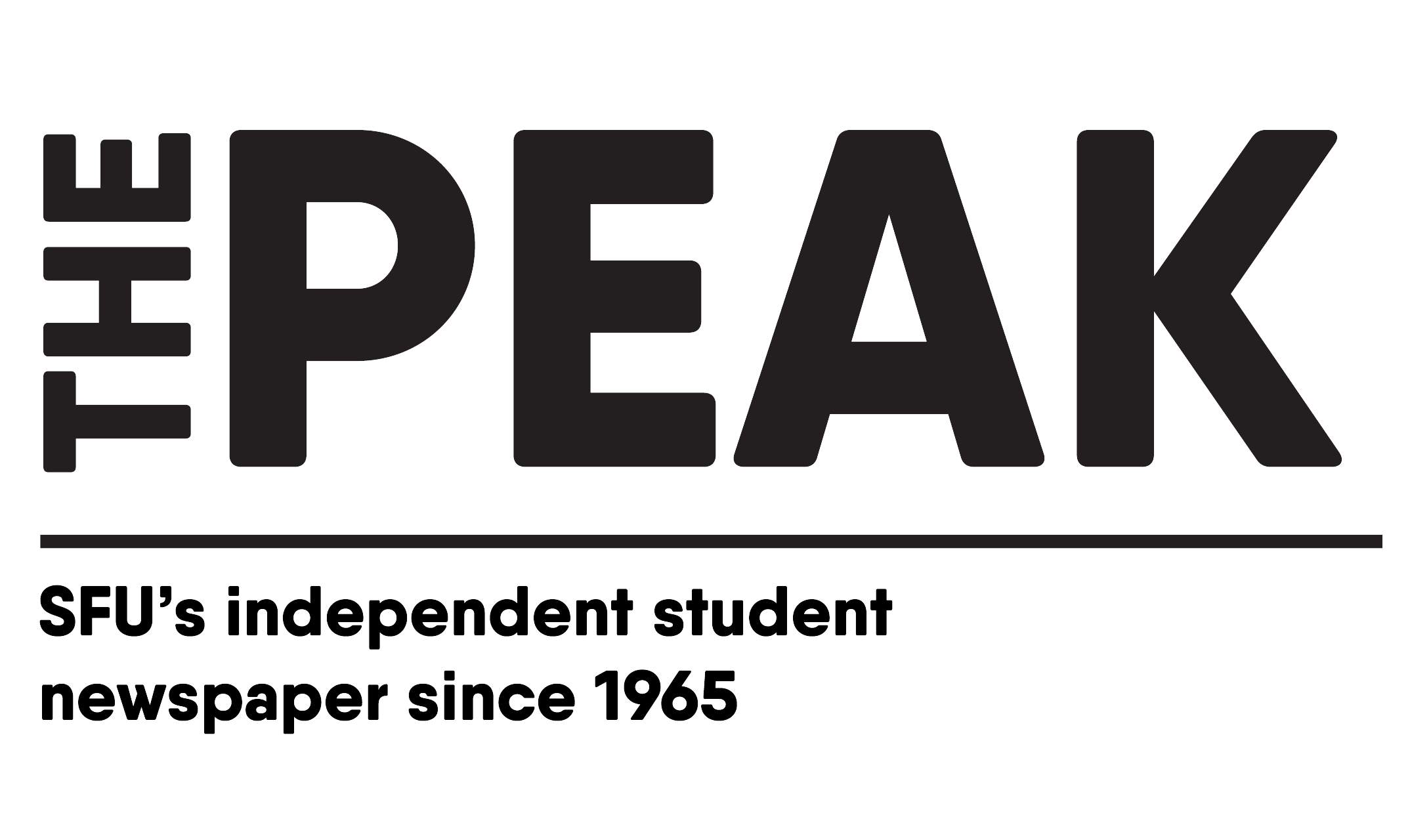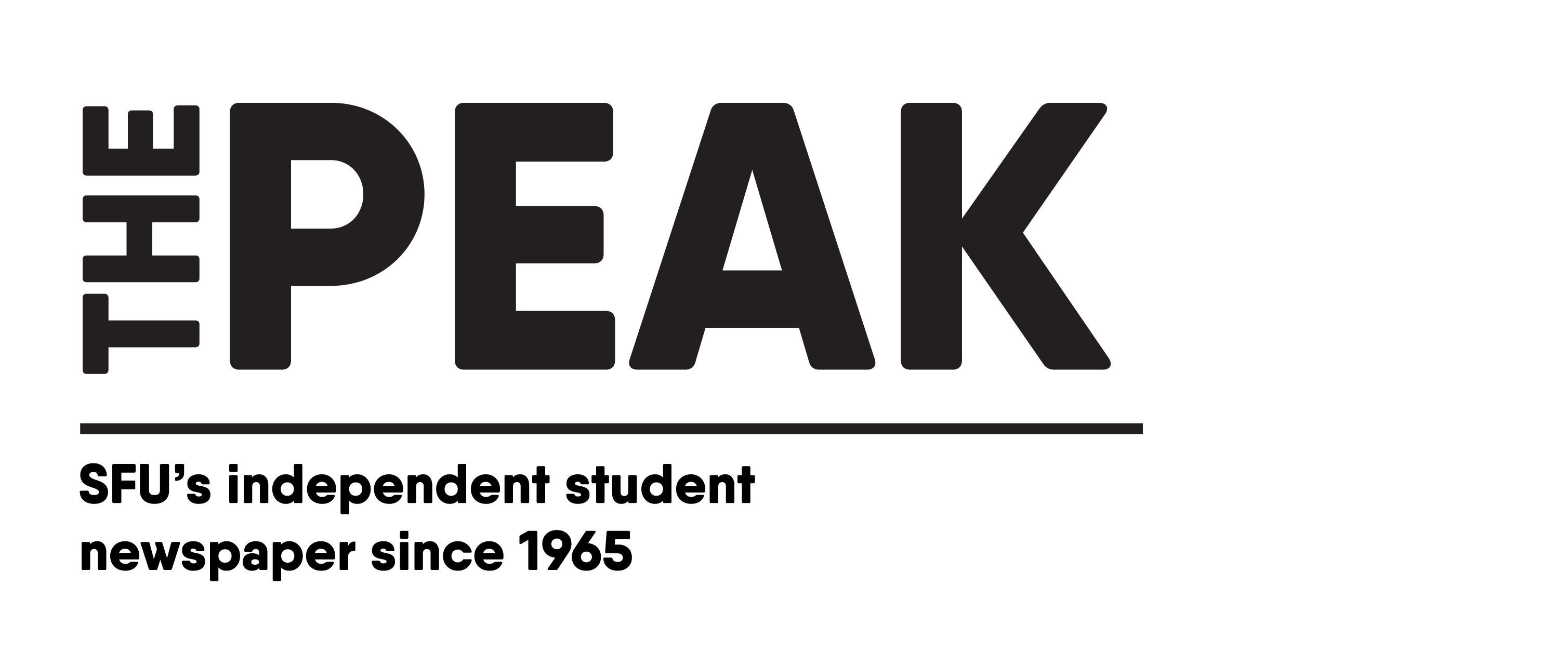By Graham Cook
Scores highest for international mix and citations categories, lowest for teaching
SFU recently placed on two different lists of the best universities in the world under 50 years old. Both Quacquarelli Symonds (QS) Top Universities and Times Higher Education judged Simon Fraser to be one of the best young universities, ranking it 25th and 30th respectively. The Times list, however, pointed to a potentially lack in teaching quality at the university.
QS, which recognizes SFU as 260th in their overall rankings, bases their ranking system very loosely on the Carnegie Classification of Institutions of Higher Education in the U.S., and takes into account size, focus, research intensity, and age. QS gave the top prize to the Chinese University of Hong Kong.
SFU president Andrew Petter said of the distinction, “to look at universities under 50 and compare them to each other is much more of an apples to apples comparison . . . and obviously I was very pleased to see how we did in both.” However, he also outlined some concerns he had regarding university rankings. “The problem is that I think with these rankings you’re necessarily selecting . . . measures that are quantifiable. I take all ratings with a bit of a grain of salt,” he said. “I don’t take any rankings, these or Maclean’s, to be the measure that we should use to judge our own success.”
One striking aspect of the Times rankings was that, save for 23-year-old Charles Darwin University in Australia, SFU scored the lowest in the “teaching” category. A school’s score in this area is determined by a combination of the 2011 Academic Reputation Survey, the staff-to-student ratio, the ratio of PhD to bachelor’s degrees awarded, the number of PhDs awarded (scaled against its size), and “a simple measure of institutional income scaled against academic staff numbers,” according to the Times website.
When questioned about this aspect of the evaluation, Petter posited that the way these ratings measure teaching “isn’t really necessarily related to the experience the student has in the classroom.” He attributes this flaw to the rankings’objective factors and “indicators that may or may not be relevant.” He further stated that “even if [the objective factors] are relevant, they are certainly not the whole story.”
Petter stressed that these rankings represent some of the best universities in the world. Having comparatively lower scores in some areas, then, may not be a troubling indicator.
While QS did not break down individual scores, SFU’s highest scores on the Times Higher Education list came from the “international mix” and “citations” categories.




